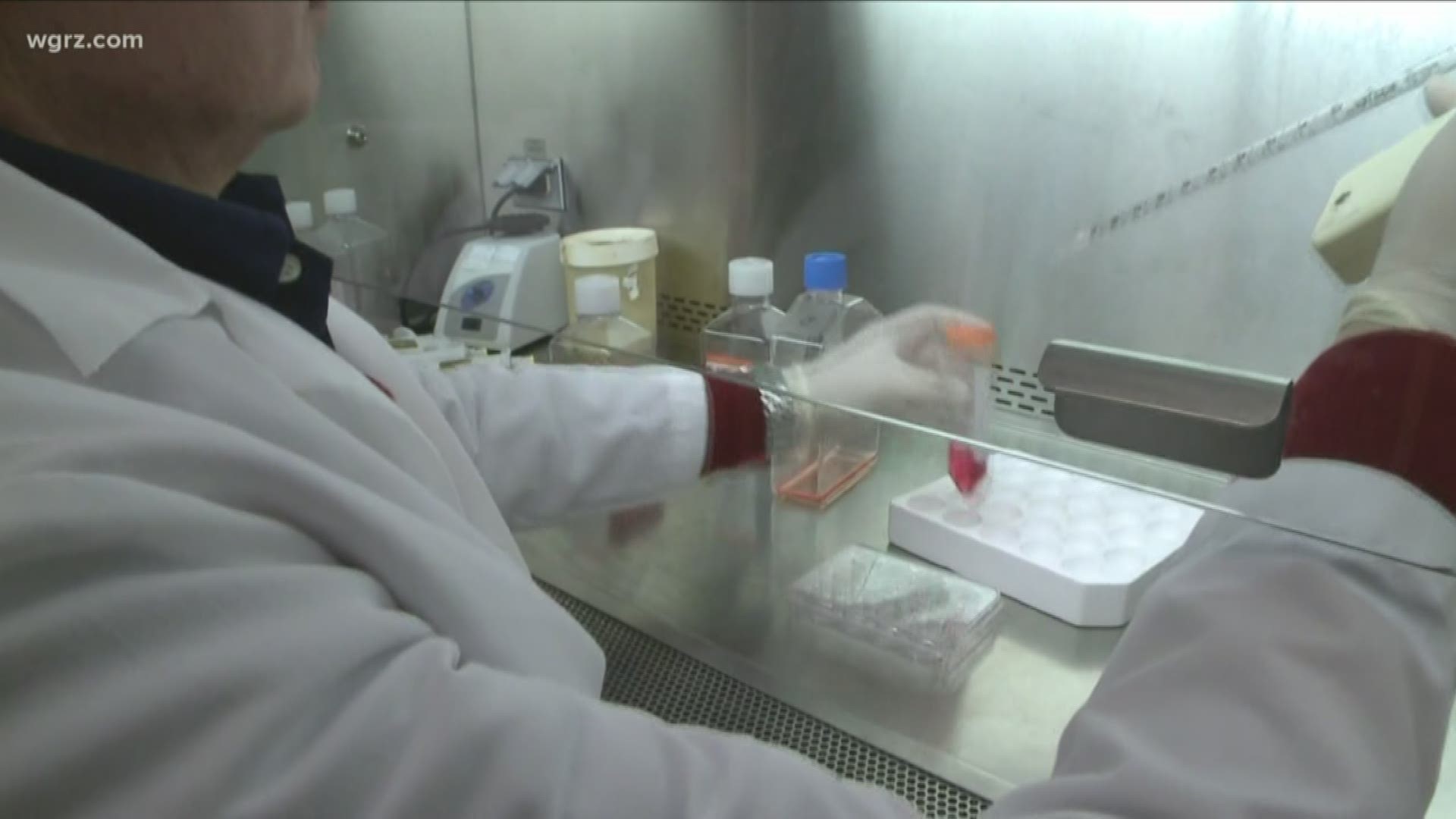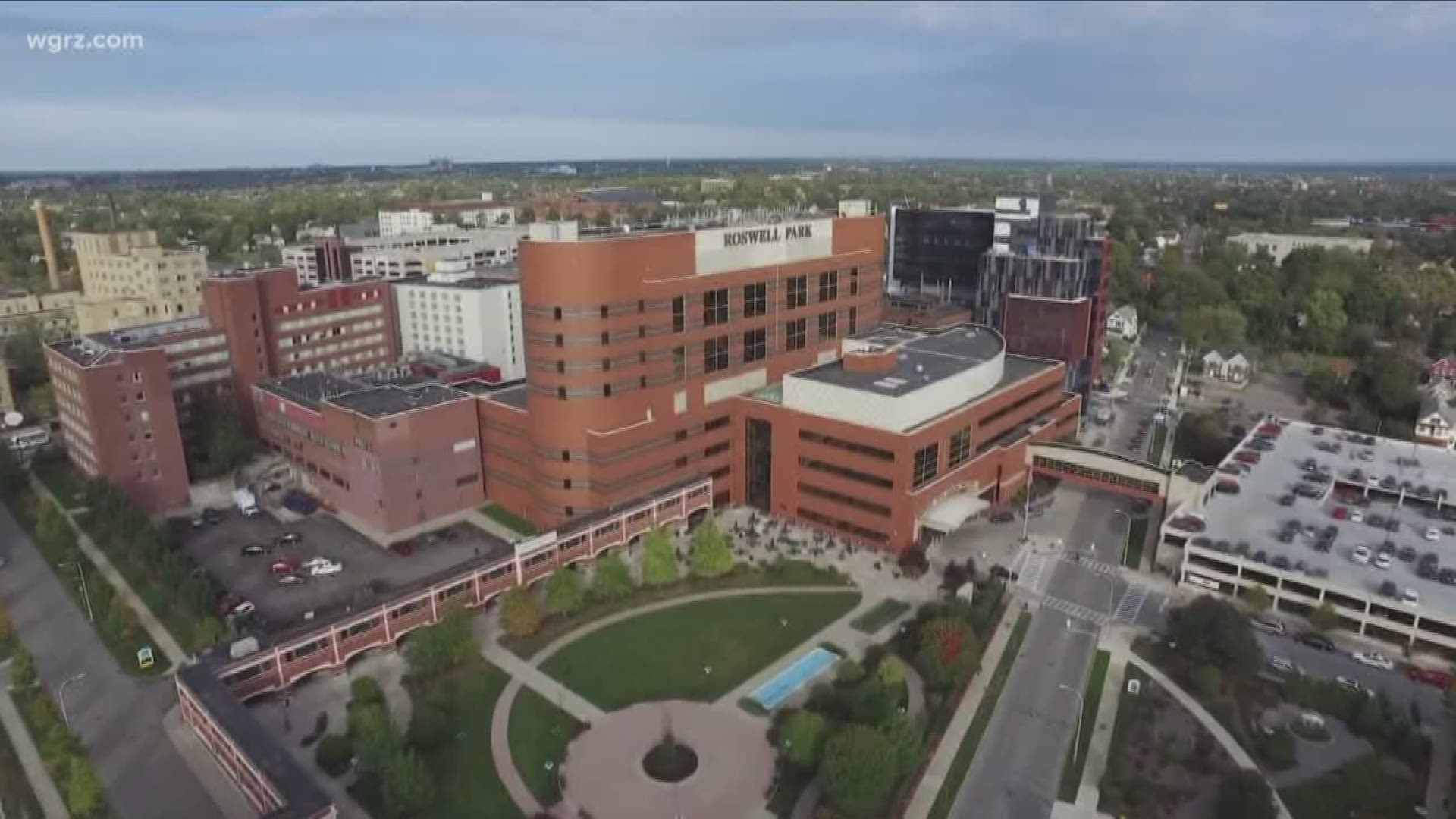ALBANY, N.Y. — President Trump has given New York State the go ahead to start using state labs to test for COVID-19.
Governor Andrew Cuomo made the announcement Friday afternoon. The New York State Department of Health will set up the protocol for the 28 labs. The governor says beginning next week, they should be able to test up to 6,000 test kits a day. To date, they've only been able to test about 3,000.
There are 96 new cases of confirmed coronavirus cases statewide, bringing the total to 421. There currently are no confirmed cases in the eight counties of Western New York. Fifty out of the 421 are hospitalized, 18 of at 50 are in the ICU.
The governor also announced some executive orders. The state is waiving the 7-day waiting period for unemployment benefits for those that may have lost work due to the coronavirus or a quarantine.
Utility companies will not be allowed to shut of a customer's utilities if they were unable to pay their bill because they were not able to work due to coronavirus or a quarantine.
The governor said it will be up to schools to decide locally on whether they should close or not and for how long.
New York state opened its first drive-through coronavirus testing center Friday in hard-hit New Rochelle. The six-lane testing center will initially handle 200 people a day, with priority given to local residents.
Coronavirus symptoms
The symptoms of coronavirus can be similar to the flu or a bad cold. Symptoms include a fever, cough and shortness of breath, according to the Centers for Disease Control.
Most healthy people will have mild symptoms. A study of more than 72,000 patients by the Centers for Disease Control in China showed 80 percent of the cases there were mild.
But infections can cause pneumonia, severe acute respiratory syndrome, kidney failure and even death, according to the World Health Organization. Older people with underlying health conditions are most at risk.
The CDC believes symptoms may appear anywhere from two to 14 days after being exposed.
Human coronaviruses are usually spread through...
- The air by coughing or sneezing
- Close personal contact, such as touching or shaking hands
- Touching an object or surface with the virus on it, then touching your mouth, nose or eyes before washing your hands.
Help stop the spread of coronavirus
- Stay home when you are sick.
- Eat and sleep separately from your family members
- Use different utensils and dishes
- Cover your cough or sneeze with your arm, hot your hand.
- If you use a tissue, throw it in the trash.
Lower your risk
- Wash your hands often with soap and water for at least 20 seconds. If soap and water are not available, use an alcohol-based hand sanitizer.
- Avoid touching your eyes, nose, and mouth with unwashed hands.
- Avoid close contact with people who are sick.
- Clean and disinfect frequently touched objects and surfaces.
- If you are 60 or over and have an underlying health condition such as cardiovascular disease, diabetes or respiratory illnesses like asthma or COPD, the World Health Organization advises you to try to avoid crowds or places where you might interact with people who are sick.


